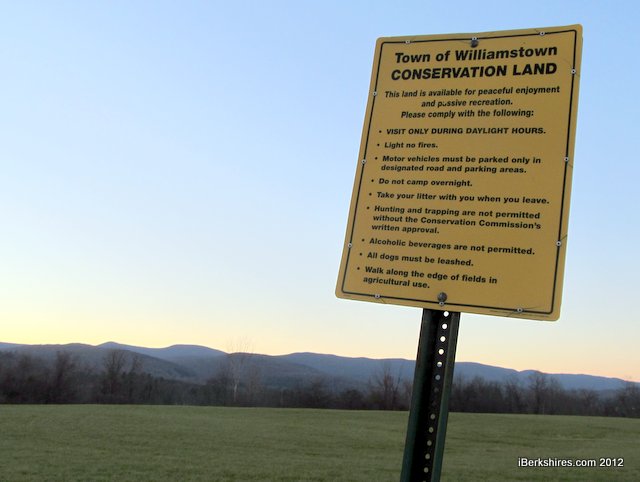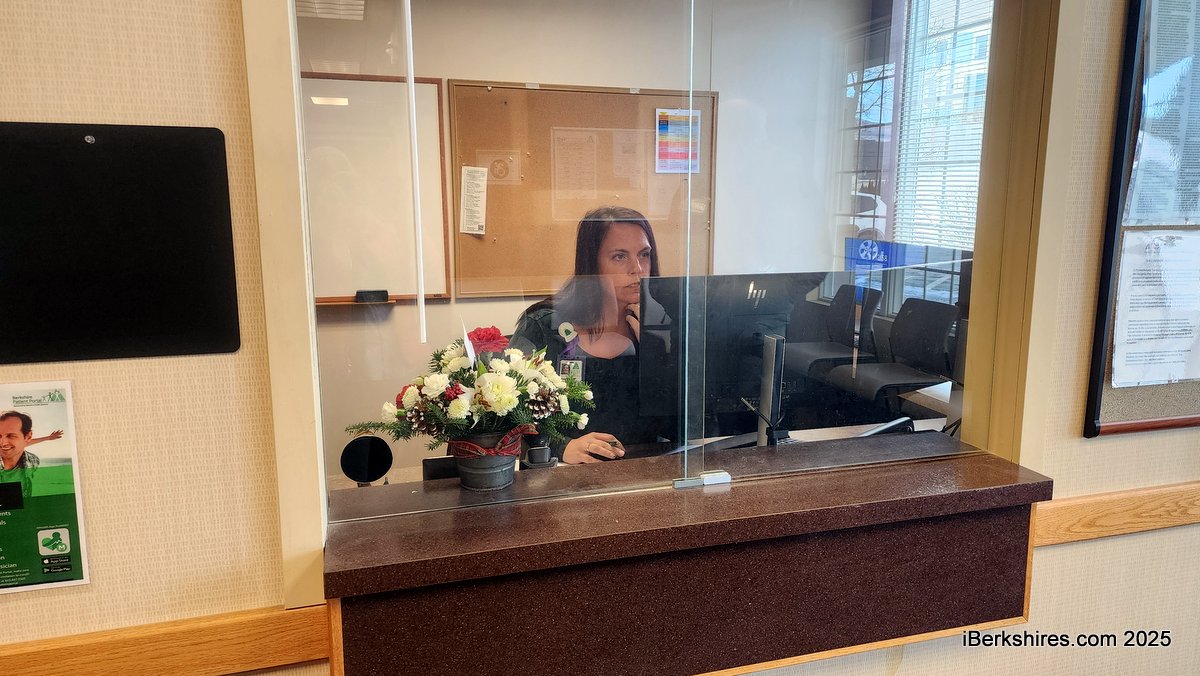
Williamstown Land Group Sets Meeting on Housing Proposal
 The conserved Lowry property is being eyed as a possible location for affordable housing in Williamstown. |
WILLIAMSTOWN, Mass. — A proposal to use conserved land for affordable housing floated at the Selectmen's meeting two weeks ago has prompted the formation of a land-advocacy group and a call for more public input.
Friends of Williamstown Conservation Lands is holding an informational-organizational meeting on Wednesday, Nov. 28, at 7 in the Orchards' ballroom.
"We're just trying to get a feel of what some other people in the community think," said Kenneth Swiatek, one of the organizers of the meeting. "It's not a town meeting, it's a neighborhood meeting."
Officials recently announced that the town was pursuing a $6 million grant from the Federal Emergency Management Agency to purchase and demolish the Spruces Mobile Home Park and relocate its residents to a new affordable housing development on town-owned land.
The so-called Lowry property off Stratton Road is the primary location under consideration. The town's Affordable Housing Committee has identified the conserved land as among the most feasible for development, along with the Burbank property and the former Photech mill and town garage site. The last two have size and contamination issues.
The 30-acre Lowry land is bounded on the east side by the Stratton Hills Condominiums, residential homes and a horse farm. Once part of Clover Hill Farm, it was purchased by the town in 1956 as a possible location for Mount Greylock Regional High School. According to a report by Williams College, the town attempted to take six acres of the land for affordable housing 20 years ago but ran into opposition.
Swiatek said more voices needed to be heard, especially from those most affected — residents and friends of the Spruces, land conservation supporters, abuttors to the property and the public that decided the conservation restriction nearly 30 years ago.
|
"I was the person back in the 1980s who started the citizen's petition to put the land under conservation," said Swiatek, a former selectman. "And it passed by a 70 percent vote — or at least two-thirds — at town meeting. There are seven or eight parcels that were put under conservation at that time."
The property is open for public use during daylight hours. Part of it is leased for agricultural use.
The newly formed Friends of Williamstown Conservation Lands will be conducting guided tours of the land on Sundays at 1 p.m. during the month of December. Meet at the far back section of the Stratton Hills Condominiums' parking lot.
"I personally feel that the Lowry property is almost a perfect piece of conserved land," said Swiatek. "And it should remain as conservation land."
People who use conserved lands would probably feel the same, he thought. But Swiatek did not want to describe the land group as being opposed to other uses for the property.
"We're open to discussion and we want to discuss the issues, whatever the issues may be," he said.
Information on the Friends of Williamstown Conserved Lands can be found on group's Facebook page or by contacting Swiatek at 413-458-5651. Swiatek also posted photographs of the property set to a folk tune here.
Tags: affordable housing, agriculture, land conservation, Spruces,

















